Suggested Articles:
Network Protocols
ISDN Layers, Protocols & Components
Our previous article was an Introduction To The ISDN Protocol. This article dives a bit deeper by examining ISDN Layers, Protocols & Components…
Network Address Translation - NAT
Static NAT - Part 2
The previous page (Static NAT - Part 1) helped us understand what exactly happens with Static NAT and how it works, and we saw a few examples of how…
IP Protocol
IP Protocol - Part 1: Binary & The Internet Proto…
To understand the Internet Protocol, we need to learn and understand Binary. It is very important to know and understand Binary because part of the I…
Network Address Translation - NAT
Network Address Translation (NAT) Overload - Part…
NAT Overload is the most common NAT method used throughout all networks that connect to the Internet. This is because of the way it functions and the…
Featured Subcategories:
Netflow Articles:

Netflow: Monitor Bandwidth & Network Utilization…
Monitoring network traffic & bandwidth usage via Netflow is mandatory for any type and size network. Gaining visibility into user traffic, applic…

NetFlow Analyzer: Free Download, Step-by-Step Ins…
In our previous article we explained how a Netflow Analyzer can help you gain visibility into your user traffic, application traffic and data flows w…
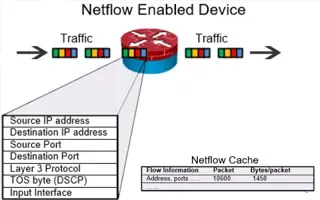
Complete Guide to Netflow: How Netflow & its Comp…
This article will cover the basics of Netflow, including its use cases, Netflow supported devices, Netflow history, and variants. We’ll also dive int…
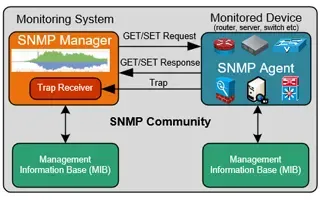
Netflow vs SNMP. Two Different Approaches to Netw…
SNMP (Simple Network Management Protocol) and Netflow are both popular protocols with admins, prized for their ability to give visibility over the ne…
Wi-Fi Key Generator
Follow Firewall.cx
Cisco Password Crack
Decrypt Cisco Type-7 Passwords on the fly!
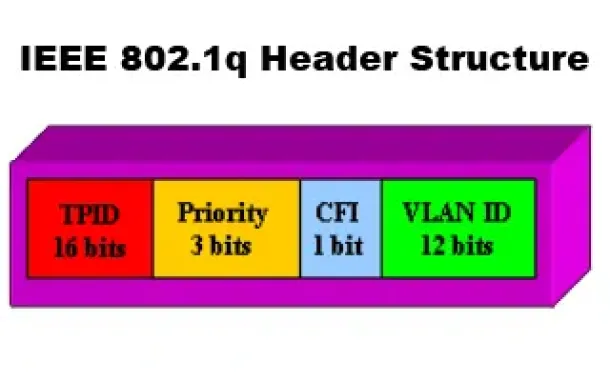
VLAN Networks
VLANs - IEEE 802.1q Trunk Link Protocol Analysis
While the VLAN Tagging article briefly covered the IEEE 802.1q protocol this article will continue building upon it by further analyzing the IEEE 802.1q T…

VLAN Networks
The VLAN Concept - Introduction to VLANs
We hear about them everywhere, vendors around the world are constantly trying to push them into every type of network and as a result, the Local Area Netw…

VLAN Networks
VTP Pruning
VTP (VLAN Trunking Protocol) pruning is a feature that is used in Cisco switches to reduce unnecessary traffic in VLAN (Virtual Local Area Network) trunks…

VLAN Networks
Dynamic VLANs
Dynamic VLANs were introduced to grant the flexibility and complexity(!) that Static VLANs did not provide. Dynamic VLANs are quite rare because of their…
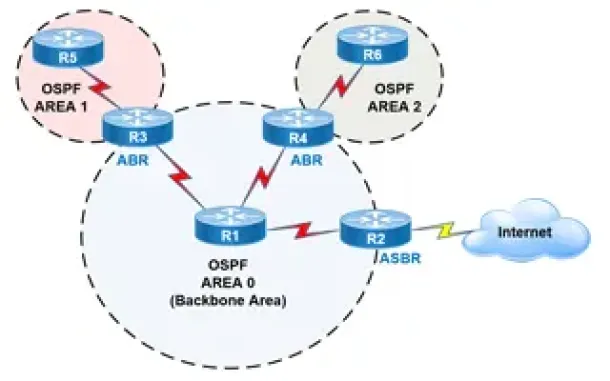
Routing
OSPF - Part 2: How OSPF Protocol Works & Basic Concept…
This article covers basic OSPF concepts and operation. We explain how OSPF works, how OSPF tables are built on an OSPF-enabled router and their purpose (N…

Routing
OSPF - Part 3: OSPF Adjacency & Neighbor Forming Proce…
This is the thrid article of our 6-part OSPF series (see below) that describes how OSPF routers perform neighbor relationship and adjacency. We’ll examine…
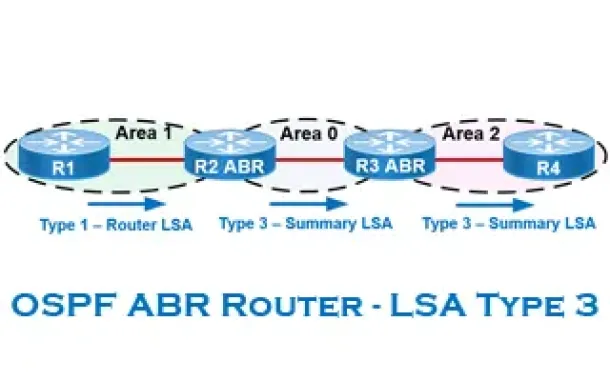
Routing
OSPF - Part 6: OSPF LSA Types - Purpose and Function o…
Our previous article explained the purpose of Link State Update (LSU) packets and examined the Link State Advertisement (LSA) information contained within…

Routing
Interior Gateway Protocol - IGRP
IGRP (Interior Gateway Routing Protocol) is a Cisco proprietary distance-vector routing protocol used in enterprise networks to exchange routing informati…
Cisco Routers
MPLS Case Study: Why Route Summarization is not Recomm…
MPLS generates Implicit Null label (The Implicit NULL label is the label that has a value of 3) for directly connected interfaces and for the summary rout…
Cisco Routers
How To Configure DNS Server On A Cisco Router
The DNS protocol is used to resolve FQDN (Fully Qualified Domain Names) to IP addresses around the world. This allows us to successfully find and connect…
SASE & SD-WAN Networks
SD-WAN is the Emerging, Evolving Solution for the Bran…
A lot has changed in how people work during the past twenty years. Co-working spaces, mobility, and the cloud now are common. Businesses are spread out an…
Windows Servers
How to Install Windows 2012 Hyper-V via Server Manager…
Our previous article covered the basic concepts of Virtualization and Windows Server 2012 Hyper-V. This article takes a closer look at Microsoft’s H…



















